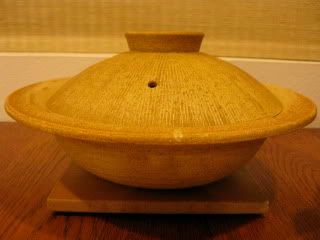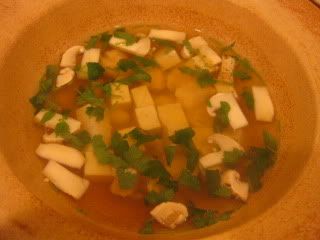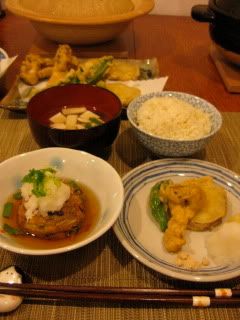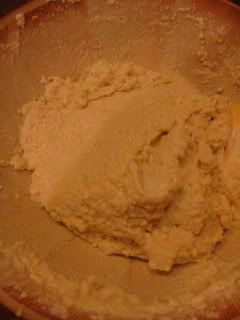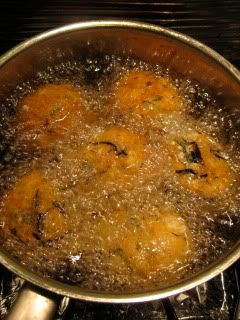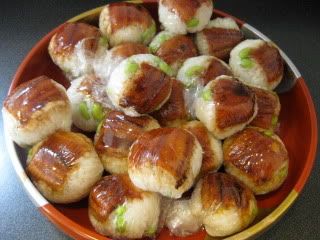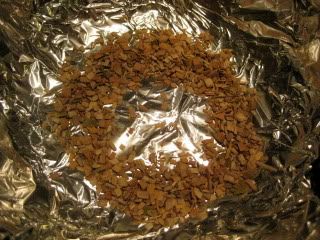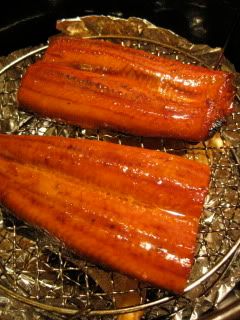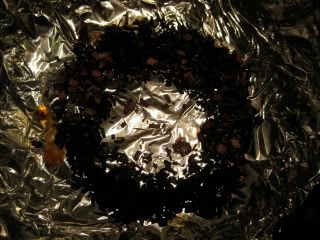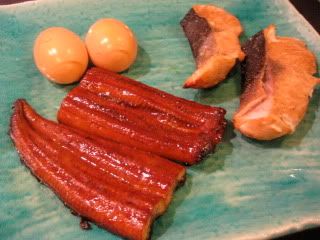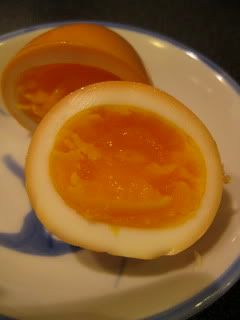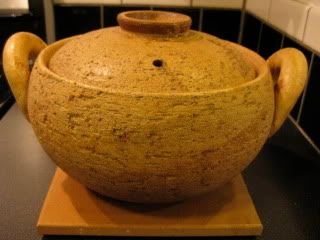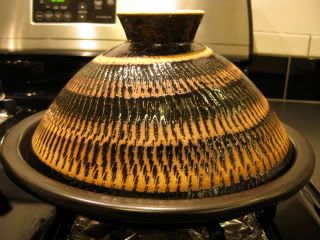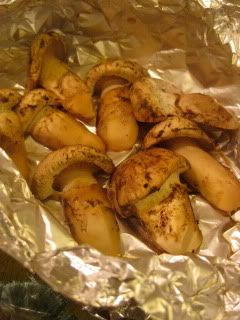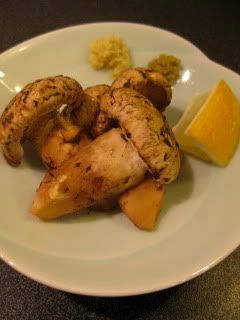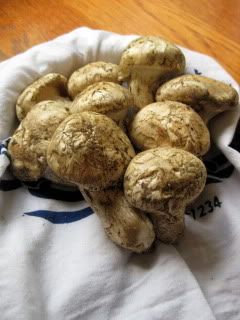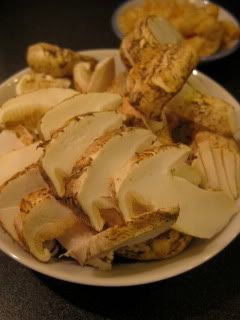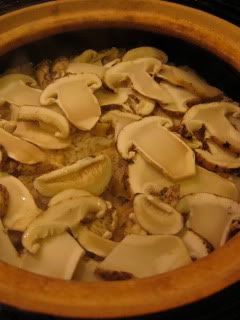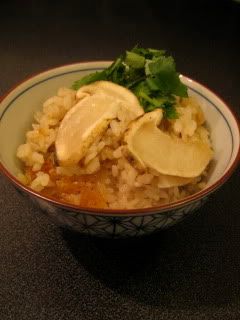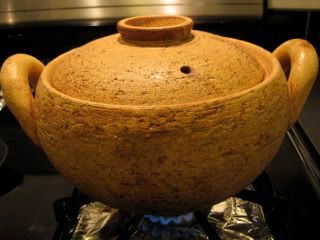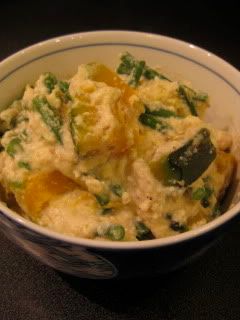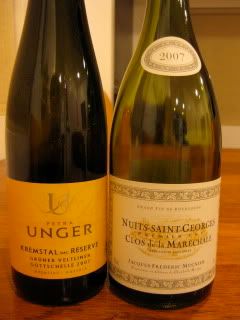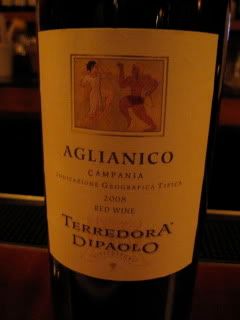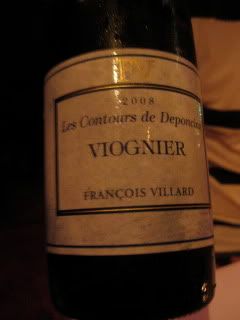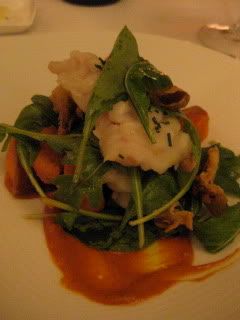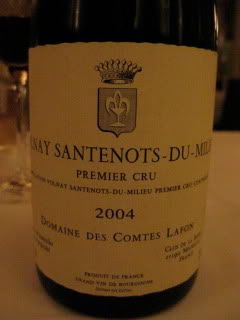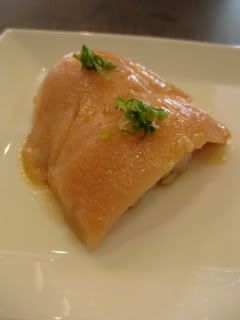
Yes, more matsutake mushroom cooking, while it's still in season!
Clear matsutake soup (Matsutake Suimono, or Matsutake Dobinmushi, if it's served in a clay tea pot) is another very popular matsutake dish.
I wanted to serve it as a "hot pot" style, so I made it with my classic-style all-purpose donabe, "Yu-series, Kizeto". (Sorry...this donabe is temporarily out-of-stock. But, you can make it with any of the classic-style donabe.) There are sliced matsutake, chicken tender, tofu, ginko nuts, and mitsuba herbs. So aromatic and soothing. Wow, this soup brought my heart back to Kyoto. It's really easy to make, as long as you have the ingredients, and tastes like a high-end kaiseki dish. Here's the recipe:
Matsutake Suimono (Clear matsutake mushroom soup)
Ingredients (2 servings)
1/2 medium-size matsutake, thinly sliced
10 ginkgo nuts, shelled
3 small chicken tender, sliced into bite-size pieces
1 tablespoon sake plus 1/2 tablespoon potato starch ("katakuriko"), mixed together
1.5 - 2 oz medium-firm tofu, cut into small cubes
some mitsuba herbs, coarsely minced
yuzu zest, if available
(broth)
1 3/4 cups dashi stock
2 tablespoons sake
1 tablespoon white soy sauce ("shiro shoyu")
1 teaspoon light color soy sauce ("usukuchi shoyu")
a pinch of salt, if necessary
Procedure
1. In a small bowl, combine the chicken with sake/ potato starch mixture. Mix well by hand. Keep it in the refrigerator for 15-20 minutes.
2. In a donabe, combine the dashi stock, sake, both kinds of soy sauce and bring to low simmer. Add some salt, if necessary.
3. Add the matsutake, ginkgo nuts, and tofu cubes.
4. Meanwhile, in a separate small pot, boil the water and blanch the chicken tender until almost cooked through. Drain and add the chicken to the broth.
5. Turn off the heat as soon as all the ingredients are cooked through. Sprinkle mitsuta and serve at the table.
Happy donabe life.
